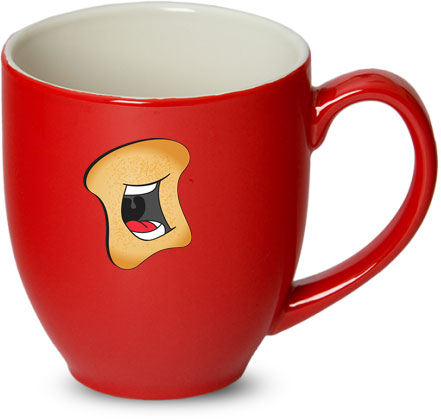The rise of marijuana as a prevalent recreational substance of choice exploded when today’s senior citizens were becoming adults, so many Boomers grew up accustomed to the herb. But what is surprising is how many of today’s older Americans have embraced cannabis as a medicine.
According to a recent study, the number of individuals living with two or more chronic conditions who used cannabis over the past year more than doubled.
According to Kaiser Health News, cannabis is used to manage diseases that usually strike in older age, pointing to an increasing desire to take a medication that has less side effects than traditional prescription drugs.
-
Related story: The Majority Of Americans Now Want Legal Marijuana
In a survey conducted by Eaze, a California cannabis delivery company, Baby Boomers are the fastest-growing demographic while Millennials are using less. According to the survey, Boomers purchased 25 percent more cannabis in 2016 than the previous year. Gen Xers purchases rose 8 percent; Millennials dipped 3 percent. Boomers, according to the report, spend 36 percent more per month on weed than Millennials.
-
Related story: Woodstock Weed Getting A Modern-Day Marketing Makeover?
In Albany, NY, a licensed medical marijuana grower will be targeting nursing homes to grow its customer base, the New York Daily News reported.
According to the story:
Etain, one of the five companies licensed by the state Health Department to grow and sell medical marijuana in New York, is reaching out to senior and long-term health care centers and offering to help their patients obtain medicinal pot.
The company already has struck a deal with a Bronx nursing home to provide medical marijuana to the residents. According to the Daily News, it is believed to be one of the first such arrangements in the state.
“We consider it a very vital of our strategy for outreach and building a customer base,” Hillary Peckham, Etain’s founder and chief operations officer told the Daily News. “It is really important because right now there really isn’t a demand for the product.”


